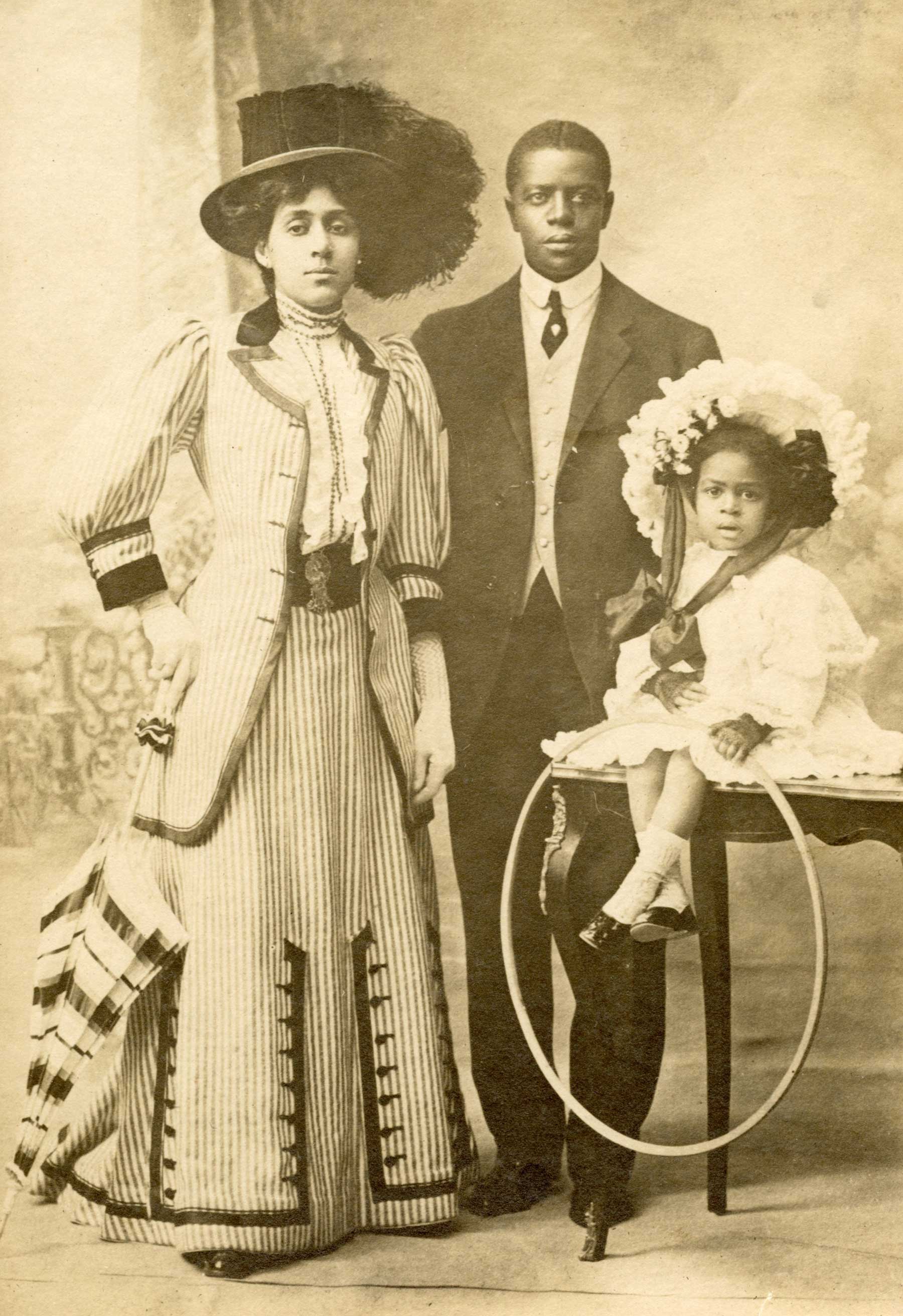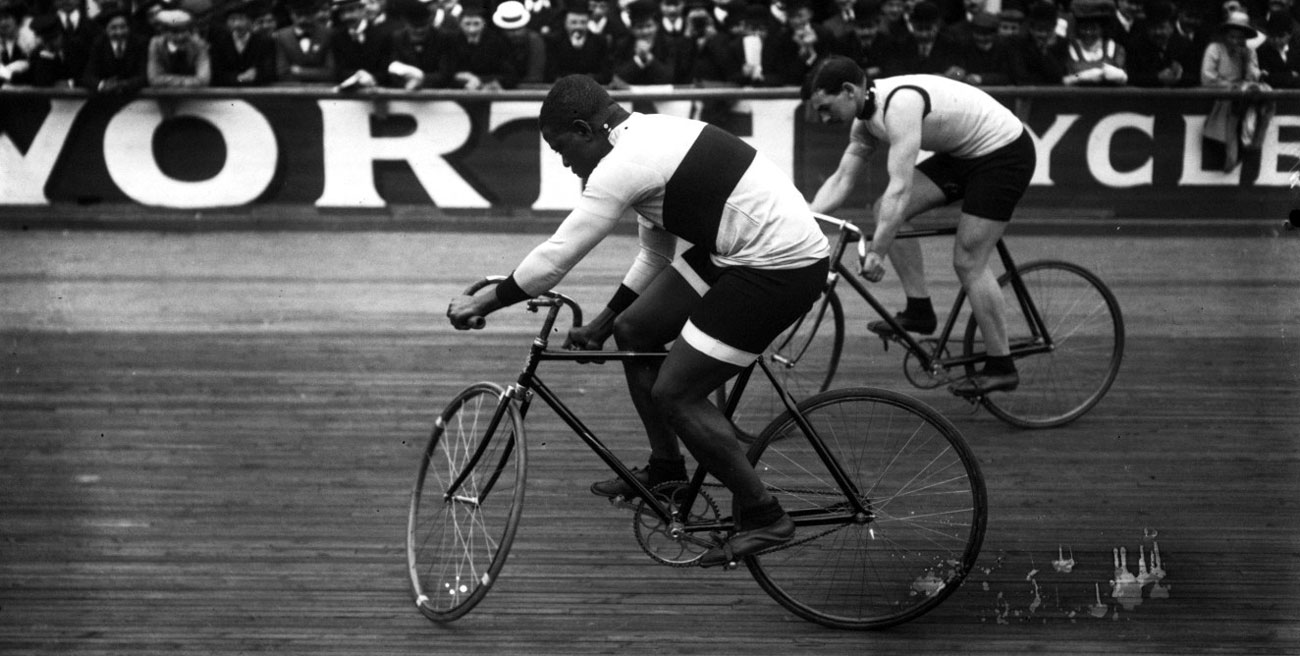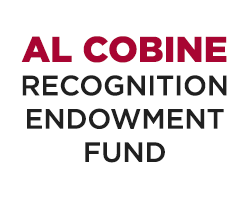Who Was "Major" Taylor?
Marshall Walter “Major” Taylor was born in November 1878 in Indianapolis, Indiana, at a time when Reconstruction in America was ending and many minorities faced increased segregation in the U.S. Major Taylor grew up against this social backdrop, where he was not allowed to compete in many races. He also received numerous threats to end his career, even his life.

Despite these intense pressures, Taylor made his professional cycling debut at the famed Six-Day Races at Madison Square Garden. He was only 18 years old and had never raced professionally before, but he finished in the top ten as the only Black cyclist allowed to compete. Reporters all over the Eastern seaboard grew fascinated by his skills, calling him “The Fastest Man in the World.”
By the start of the 20th century, Taylor competed on an international racing circuit in Europe during the spring and summer months, followed by participation in an national Australian cycling circuit in 1903-04.
At the height of his fame, his name was celebrated in leading publications worldwide: France, Germany, the United Kingdom, Sydney, Australia, and dozens of other world capitals. At his death, he was largely forgotten.
At the dawn of the 20th century, when the United States was grappling with an evolving definition of what it meant to be an “American,” Major Taylor was fighting for sportsmanship and morality, a man who showed that—if given an equal opportunity—truly anything was possible.
A Global Stage
Many of the world’s top athletes and promoters squared off against Marshall “Major” Taylor to reach the highest level of competition in speed track races all over the globe. Some of those locations include:
-
Indianapolis, IN – Taylor grew up in the Indiana state capital, where he learned not only to ride a bicycle, but also to receive training from Louis D. “Birdie” Munger, a former cycling champion. By the time that Taylor was 18, he and Munger decided to move to the East Coast to give Taylor more opportunities to race.
- Worcester, MA – Other than his birthplace, Worcester was the only other town Taylor truly called home. He and Munger helped operate a bicycle manufacturing company in this New England city.
- New York City, NY – Home to Madison Square Garden and the famed Six-Day Races. In December 1896, Taylor turned professional and made his pro debut in New York. His ability to finish in the top ten, plus victories in shorter sprint races, helped him earn the title “The Fastest Man in the World.”
- Montreal, Canada – In August 1899, Taylor won the World’s One-Mile Sprint Championship, considered to be the top prize in national and international cycling. Taylor’s victory was the first by a Black person, as his name and his racing game made for sensational headlines throughout the world.
- Paris, France – More than 25,000 spectators came to watch, as Taylor squared off against Edmond Jacquelin, the champion French cyclist. The race pitted the world’s two top champions in a series of match races. Jacquelin won the first event, but Taylor took the crown in a rematch two weeks later.
- Munich, Germany – Taylor defeated Willie Arend, Germany’s top cyclist. By now more than 30,000 fans packed the stands to watch Taylor race against Europe’s top cyclists.
- Sydney, Australia – Taylor made two journeys to Australia (in 1903-04) to compete in match races throughout the country. By now, Taylor was one of the most famous people on the planet. In an era when top baseball players earned about $2,500 a year, Taylor made 20 times that. Year. After year. After year.

The Fastest Man in the World
Major Taylor was one of the first professional athletes who understood the great value of physical fitness and training, an unusual notion for athletes at the turn of the 20th century. Taylor rose before dawn, consumed raw eggs for breakfast, then went to a YMCA gymnasium in his hometown of Worcester, MA, that allowed him to work out in a desegregated environment.
The results speak for themselves. Taylor amassed more than 20 world records during his career. Often, he eclipsed his own records while in competition against many of the world’s top athletes. His world records times include…
| DATE |
EVENT |
PACER |
TIME |
LOCATION |
| 9/26/1896 |
1/5th Mile |
Unpaced |
0:23 3/5th |
Indianapolis, IN |
| 8/27/1898 |
1 Mile |
Paced |
1:41 2/5th |
Brooklyn, NY |
| 9/6/1898 |
½ Mile |
Paced |
0:58 4/5th |
Springfield, MA |
| 11/15/1898 |
¼ Mile |
Paced |
0:22 1/5th |
Philadelphia, PA |
| 11/16/1898 |
1/3 Mile |
Paced |
0:29 3/5th |
Philadelphia, PA |
| 11/16/1898 |
½ Mile |
Paced |
0:45 1/5th |
Philadelphia, PA |
| 11/16/1898 |
2/3 Mile |
Paced |
1:00 4/5th |
Philadelphia, PA |
| 11/16/1898 |
¾ Mile |
Paced |
1:08 2/5th |
Philadelphia, PA |
| 11/16/1898 |
2 Miles |
Paced |
3:13 2/5th |
Philadelphia, PA |
| 8/03/1899 |
1 Mile |
Motor |
1:22 2/5th |
Chicago, IL |
| 8/10/1899 |
1 Mile |
n/a |
3:02 |
Montreal, QC |
| 11/09/1899 |
¼ Mile |
Motor |
0:20 |
Chicago, IL |
| 11/10/1899 |
½ Mile |
Motor |
0:41 |
Chicago, IL |
| 11/15/1899 |
1 Mile |
Motor |
1:19 |
Chicago, IL |
| 12/13/1900 |
½ Mile |
Unpaced |
0:55 2/5th |
New York City, NY |
| 12/14/1900 |
¼ Mile |
Unpaced |
0:25 4/5th |
New York City, NY |
| August 1908 |
½ Mile |
Standing |
0:42 1/5th |
Paris, France |
| August 1908 |
¼ Mile |
Standing |
0:25 2/5th |
Paris, France |
During his three European tours, from 1901-1903, Taylor never finished below fourth place in any final heats of any races. His year-by-year tally was…
1901 – 42 First Place Wins, 11 Second Place, 3 Third Place, and 1 Fourth
1902 – 40 First Place Wins, 15 Second Place, 2 Thirds
1903 – 31 First Place Wins, 22 Second Place, and 9 Thirds.













